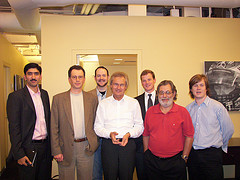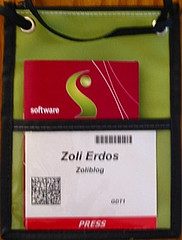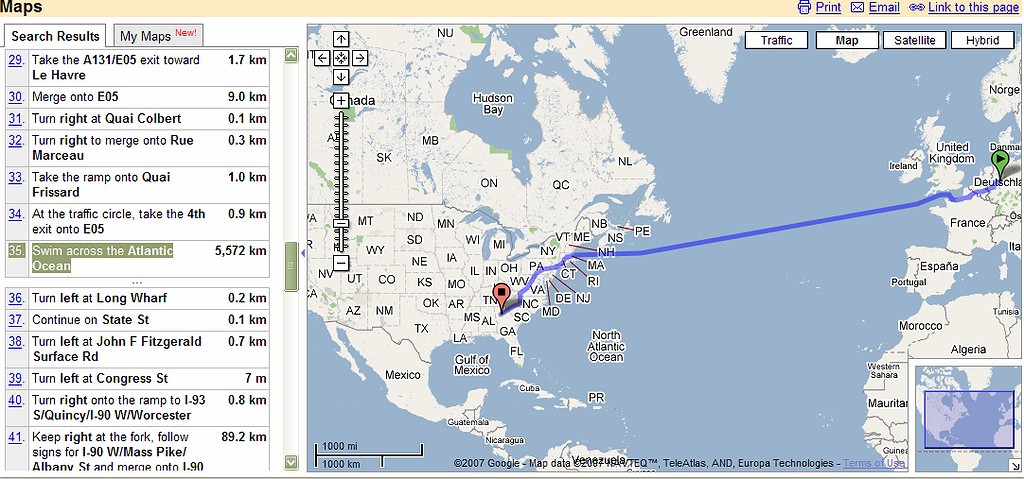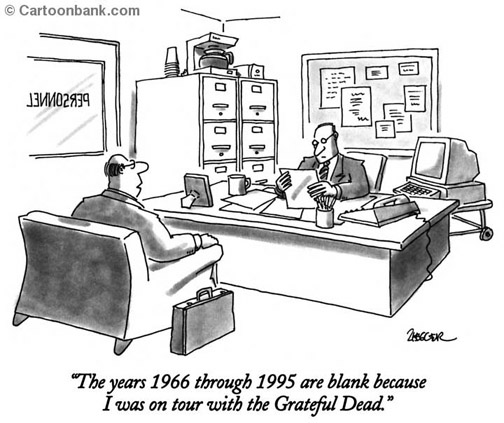Yesterday I went out on a limb predicting that SAP’s new On-Demand mid-market offering, codenamed A1S will be a game-changer. ZDNet quoted my conclusion:
My bet is on SAP: they may stumble a number of times, which will effect their quarterly numbers – but in the end, I believe they will succeed. They will become the dominant SaaS player in the mid-market, forcing smaller players like NetSuite down-market. In the next 2-3 years while SAP flexes their On-demand muscles, we’ll see just how pervasive SaaS proves in the large corporate market, and that will determine whether A1S remains a midmarket solution or becomes the foundation of SAP’s forey into that market – their natural home base.
 This was the day before the announcement. This morning my fellow Enterprise Irregulars jokingly asked: “Has the world of Enterprise Software really changed?’ We did not know the answer than, but now we do: Yes. SAP Business ByDesign is really a game changer. Key reasons:
This was the day before the announcement. This morning my fellow Enterprise Irregulars jokingly asked: “Has the world of Enterprise Software really changed?’ We did not know the answer than, but now we do: Yes. SAP Business ByDesign is really a game changer. Key reasons:
- Breadth of functionality
- Fixed, Trasnparent pricing (which, I might add will put the squeeze on Salesforce.com ad NetSuite)
- All this coming from SAP, the recognized leaders in automating business processes.
I will soon have more details, but suffice to say the Enterprise Irregulars contingent here came to the same conclusions. Here are the initial reactions:
ZDnet/Software, Rough Type, Redmonk, Computerworld, WSJ.com, ZDNet/IT Project Failures, The Ponderings of Woodrow, ZDNet/Software as a Service, Between the Lines,
Photo: the Enterprise Irregulars with Henning Kagermann, SAP CEO. Credit: Prashanth Rai

 . From the
. From the 

 Registration is smooth, there’s hardly any wait. Hm.. am I too early… where is the crowd?
Registration is smooth, there’s hardly any wait. Hm.. am I too early… where is the crowd? For half an hour or so I felt I was back at University at Software 2007 – in Professor Hasso Plattner’s class. That’s because his keynote was a compressed version of his recent SAPPHIRE 07 speech, which in turn was an “offsite class” for his Stanford students – literally so, he flew the entire class out to Atlanta. To make his point, he used the blackboard-metaphor, with chalked handwriting (and dressed in matching black
For half an hour or so I felt I was back at University at Software 2007 – in Professor Hasso Plattner’s class. That’s because his keynote was a compressed version of his recent SAPPHIRE 07 speech, which in turn was an “offsite class” for his Stanford students – literally so, he flew the entire class out to Atlanta. To make his point, he used the blackboard-metaphor, with chalked handwriting (and dressed in matching black ).
).




Recent Comments